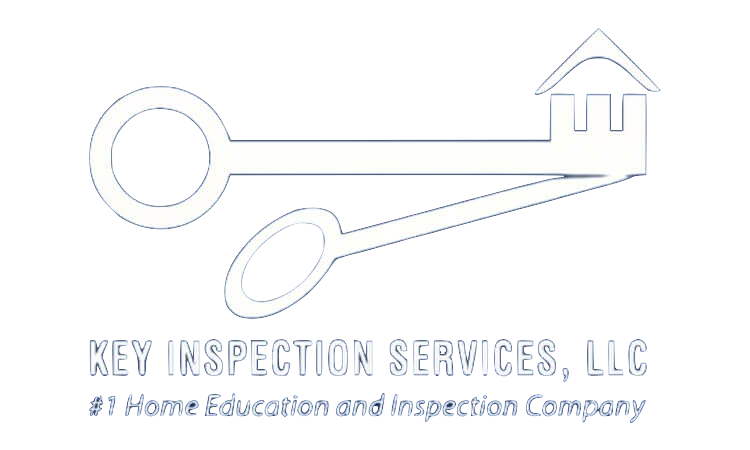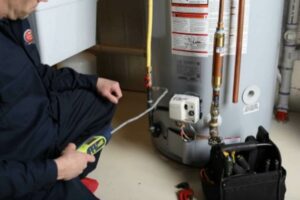Ask An Inspector
Question: What’s that yellow stuff?
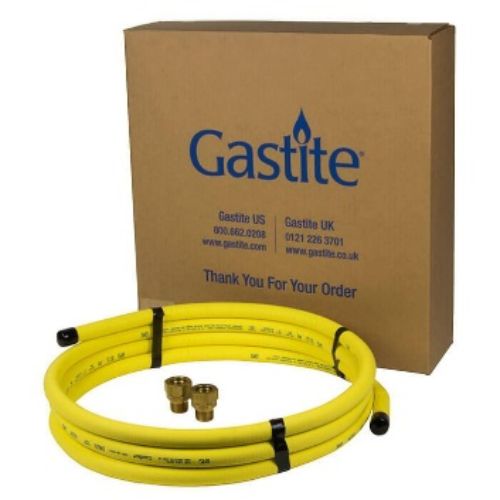
Answer: It’s a gas line. It’s called “CSST” or Corrugated Stainless Steel Tubing
Corrugated stainless steel tubing or CSST is a flexible metal tubing used to distribute natural gas and propane. It is often protected by a yellow or black plastic polymer. Yellow has been more common over the years, but most manufacturers are now also offering a black version that indicates it’s resistance to arc flash damage.
A brief history on CSST:
- The 1980s: The idea of using flexible tubing for gas distribution systems really began developing in the 1980s as an alternative to traditional rigid piping materials like steel and copper.
- 1980s-1990s: CSST was introduced to the market in the 1980s and slowly gained popularity through the 80s and 90s. Its flexibility and ease of installation quickly made it a popular choice for builders and contractors.
- During the 1990s, Organizations like the American Gas Association (AGA) began developing standards and guidelines for CSST installation.
- 2000s: Concerns about its vulnerability to damage from lightning strikes began to emerge. Electrical events could cause arcing that could lead to damage, gas leaks, and fire. Manufacturers began introducing bonding and grounding requirements to help protect against these risks.
- 2000s-2010s: Installation requirements were incorporated into various building codes, such as the National Fire Protection Agency’s National Fuel Gas Code (NFPA 54) These codes provided guidelines for proper installation and safety measures.
- Modern Times: Many CSST manufacturers have made improvements to bonding and grounding methods as well as utilizing arc resistant jacket materials to improve safety and ease of installation.
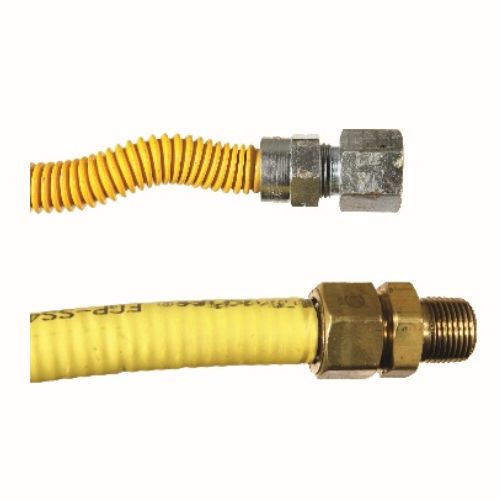 CSST is often confused with flexible appliance connectors. Although they look similar, these are designed and listed only to make the short connection between an appliance and the actual gas piping. Here is an image showing the difference. The tubing on the top is a flexible appliance connector. The tubing on the bottom is CSST.
CSST is often confused with flexible appliance connectors. Although they look similar, these are designed and listed only to make the short connection between an appliance and the actual gas piping. Here is an image showing the difference. The tubing on the top is a flexible appliance connector. The tubing on the bottom is CSST.
Pros and Cons of using CSST
Pros:
- Flexible
- Easy to install
- Affordable (save on materials AND labor costs)
- Corrosion resistant (not corrosion proof)
- Seismic and movement damage resistant
- Can fit into areas that are difficult for iron pipe
Cons:
- Potential for fire from arc damage
- Unprofessional installs from flippers or homeowners
- Vulnerable to damage from nails, screws or drilling
Like many things, proper installation is just as important as the materials themselves. As a home inspector, there are a few common problems that I am on the lookout for:
Unsupported – Unsupported lines are vulnerable to movement, leaks and damage. Support requirements are typically set by the manufacturer.
Kinked – Kinks in the tubing can cause problems with gas flow, leaks, and damage
Vulnerable to damage – Areas where the tubing can be damaged by people, vehicles, or machinery, typically lower than 6 ft, the tubing should be protected inside conduit or some other structure
Exposed metal on unbonded arc-resistant installations – Arc resistant sheathing is a wonderful safety feature of newer versions of CSST but improper exposed areas of the sheathing can still leave it vulnerable to damage that can cause leaks and fires
Improper Bonding – Traditional non arc-resistant CSST needs proper bonding to create equal electrical potential that will help to prevent damage to the tubing that can lead to fires
Leaks – Leaks of course, can lead to inhalation poisoning and fires. Our nose is our best detector of a gas leak. An odorant is added to natural gas to increase the ability to detect leaks. We verify suspected leaks with a gas leak detector.
Corrosion – Although stainless steel is a highly resistant material, it can still corrode and rust, especially in exposed areas and near salt water which we have plenty of in the Puget Sound area
Damage – Any areas of damage can lead to leaks and fire danger
General signs of unprofessional installation – Any sign of an unprofessional installation increases the chances of failure, leaks, and voiding of any manufacturer warrantees.
- Checking For Leaks
- Damaged Sheathing
- Improper Bonding

Some of the more reputable manufacturer’s require certification from their company to be able to purchase the products, but there are some that are available at many home improvement stores.
Because it is fairly simple to install, many flippers or do-it-yourselfers choose to use CSST for rehabs and remodels. This can lead to improper installations. Proper installation at the fittings, as well as proper bonding procedures are crucial in protecting the home and its occupants. It’s always important to have licensed qualified professionals when dealing with gas and electricity.
Bonding? What is bonding?
In short, bonding is the process of connecting any conductive materials together with a safe path for electricity to travel back to the grounding system. This helps to prevent the opportunity for shock, electrocution, and arcing that can lead to damage and fires.
When it comes to CSST, there are typically two common types: A yellow jacketed tubing and a black jacketed tubing. Black jacketed is typically an arc resistance sheathing, that reduces the chances of damage from electrical arcing and does not necessarily need to be bonded, but some local codes may still require bonding. Yellow jacketed CSST should always be properly bonded to the ground system of the home. This can typically be done with a bonding clamp secured either to the fitting of the tubing or to the nearest rigid pipe that is connected to the tubing. More details and directions from some of the manufacturers can be found in the links below.
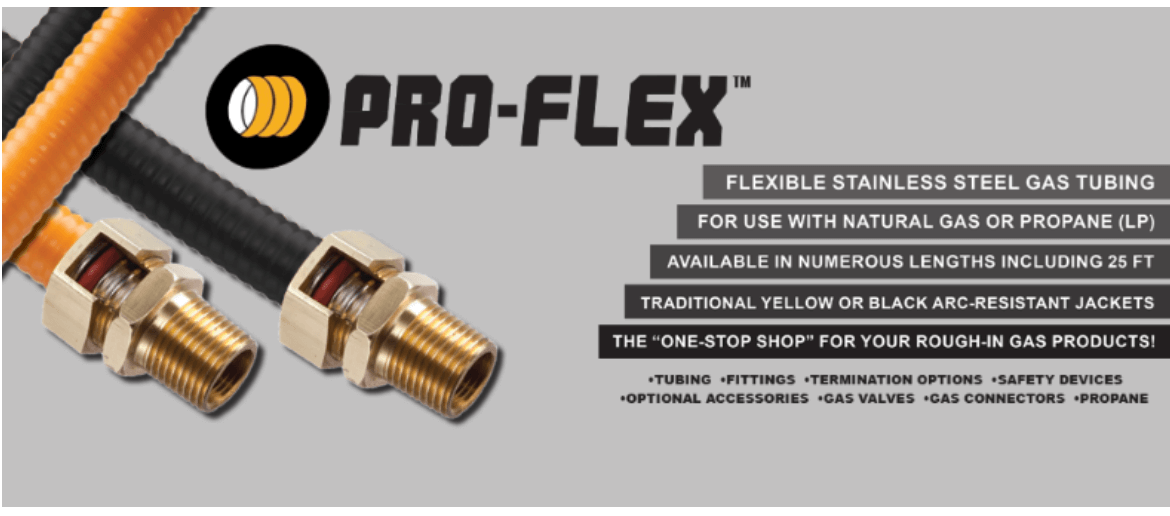
Example of Standard and Arc-Resistant Jackets
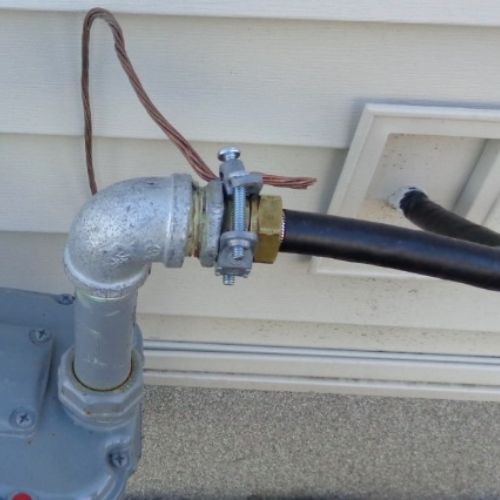 Bonding is an important part of any electrical grounding system for the home.
Bonding is an important part of any electrical grounding system for the home.
The CSST will typically be bonded at the fitting where it connects to the solid pipe or at the actual pipe just before the connection with the CSST. This connection is usually made with a 6 ga copper or 4 ga aluminum wire that is connected to the ground bus of the electrical panel or to the actual grounding electrode or ground rod outside the home.
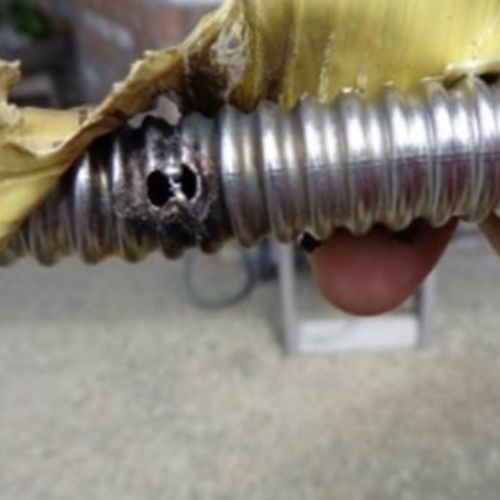 What this bonding essentially does is protect the CSST from damage that can occur during a lightning strike at or near the home. If there is an electrical event that causes a surge, there is potential for an arc to occur between the CSST and a nearby component that may become energized due to the lightning. This arc has the potential to melt or damage the tubing as shown in the image below, which can create a gas leak and fire. In order to prevent this arc, we bond all of these components together to create a safe path back to the ground.
What this bonding essentially does is protect the CSST from damage that can occur during a lightning strike at or near the home. If there is an electrical event that causes a surge, there is potential for an arc to occur between the CSST and a nearby component that may become energized due to the lightning. This arc has the potential to melt or damage the tubing as shown in the image below, which can create a gas leak and fire. In order to prevent this arc, we bond all of these components together to create a safe path back to the ground.
Things homeowners can do:
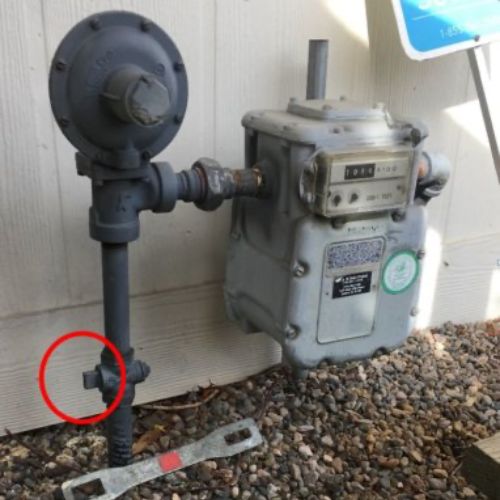
-Hire an inspector for regular maintenance inspections or conduct your own regular homeowner maintenance inspections.
-Follow your nose! Walk around your house and use your senses. If something seems out of place or you smell something funny, there could be a problem
-Know where to shut off the gas and keep a wrench attached for use in an emergency
-Hire licensed contractors and always follow manufacturer instructions
-Avoid DIY and unlicensed handymen when it comes to gas and electricity
If you think you have a gas leak, get outside, open windows, call the utility company!
Additional Information
Free Access – NFPA 54: ANSI Z223.1–2021 National Fuel Gas Code
Gastite CSST Installation Manual
Ward Flex Installation Manual
International Code Council on CSST
Related Future Articles
What is grounding and bonding?
CSST VS FAC
Smelly Gas Meter?
What is an FVIR water heater?
How to install CSST – Maybe I shouldn’t tell you 😊
